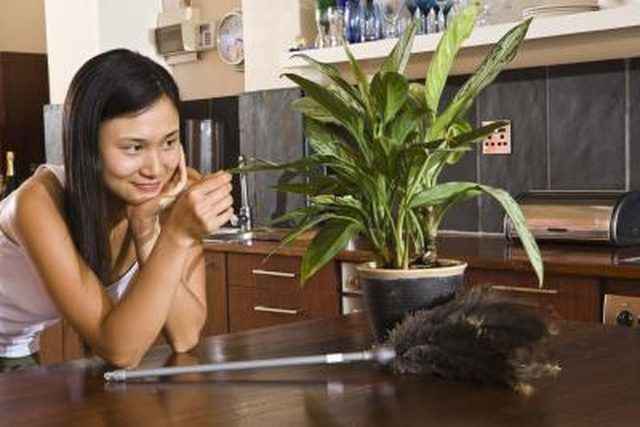Bulbs
Flower Basics
Flower Beds & Specialty Gardens
Flower Garden
Garden Furniture
Garden Gnomes
Garden Seeds
Garden Sheds
Garden Statues
Garden Tools & Supplies
Gardening Basics
Green & Organic
Groundcovers & Vines
Growing Annuals
Growing Basil
Growing Beans
Growing Berries
Growing Blueberries
Growing Cactus
Growing Corn
Growing Cotton
Growing Edibles
Growing Flowers
Growing Garlic
Growing Grapes
Growing Grass
Growing Herbs
Growing Jasmine
Growing Mint
Growing Mushrooms
Orchids
Growing Peanuts
Growing Perennials
Growing Plants
Growing Rosemary
Growing Roses
Growing Strawberries
Growing Sunflowers
Growing Thyme
Growing Tomatoes
Growing Tulips
Growing Vegetables
Herb Basics
Herb Garden
Indoor Growing
Landscaping Basics
Landscaping Patios
Landscaping Plants
Landscaping Shrubs
Landscaping Trees
Landscaping Walks & Pathways
Lawn Basics
Lawn Maintenance
Lawn Mowers
Lawn Ornaments
Lawn Planting
Lawn Tools
Outdoor Growing
Overall Landscape Planning
Pests, Weeds & Problems
Plant Basics
Rock Garden
Rose Garden
Shrubs
Soil
Specialty Gardens
Trees
Vegetable Garden
Yard Maintenance
Fruit Flies Breeding in House Plants
Fruit Flies Breeding in House Plants. The presence of fruit fly-like flies in the indoor garden are often indicative of fungus gnats. Unlike fruit flies, whose larvae feed on decaying fruit, fungus gnat larvae congregate in houseplant soil.

The presence of fruit fly-like flies in the indoor garden are often indicative of fungus gnats. Unlike fruit flies, whose larvae feed on decaying fruit, fungus gnat larvae congregate in houseplant soil.
Identification
Fungus gnats (Bradysia) are pests that resemble small mosquitoes, but don't bite. The adults are 1/8-inch-long with spindly legs and antennae. Fungus gnat larvae, which develop in houseplant soil, are white with shiny black heads and are about 1/4-inch long.
Damage
Fungus gnat larvae damage houseplants when they feed on roots and root hairs. According to the Purdue Plant and Pest Diagnostic Laboratory, larvae can also penetrate stems and disrupt nutrient and water uptake, and both adults and larvae transmit disease.
Life Cycle
Fungus gnat larvae generally live and feed in the top 2 to 3 inches of moist soil. Within two to three weeks, they become adult fungus gnats. Female fungus gnats then lay eggs in moist soil and repeat the cycle.
Prevention/Solution
Prevent fungus gnat larvae from living and transforming into adults by letting the top 2 to 3 inches of soil dry. Dry soil also discourages adults from laying more eggs. Adults can be caught on yellow sticky traps known as gnat sticks, and certain insecticides kill adult gnats.